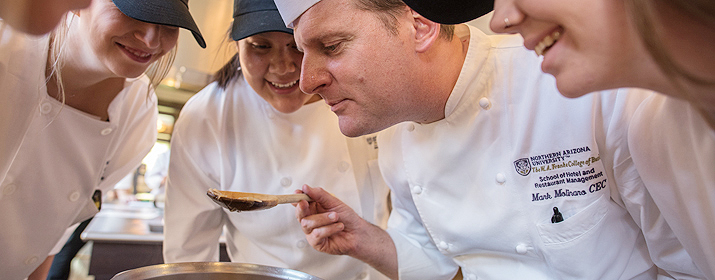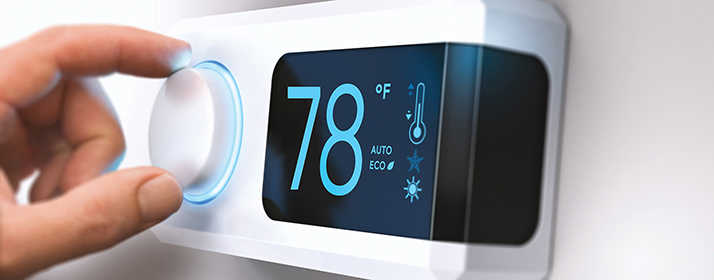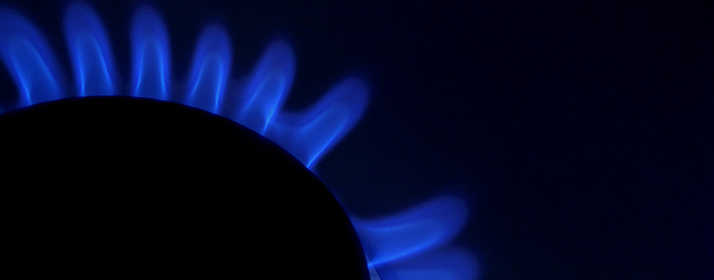
Heading into the holidays, your range top is likely to get a good workout. But which cooktop delivers the best cooking performance and energy efficiency: gas or electric?
Gas ranges have long been preferred by cooks for their instant heat, precise temperature adjustment and even cooking. But electric induction cooktops have increasingly found their way into America’s commercial and residential kitchens over the past decade.
Induction ranges use an electric current circulated through a coiled wire to create an electromagnetic field. This generates instant heat that’s transferred directly to the pot or pan with no loss or waste of energy on surfaces. The stovetop remains cool.
Certified Executive Chef and Chef Lecturer Mark Molinaro at Northern Arizona University’s School of Hotel and Restaurant Management in the W. A. Franke College of Business has cooked with gas and electric induction ranges – and he likes them both. However, he personally prefers electric induction.
“Induction cooktops offer precise temperature control and consistent heating. I can boil a gallon of water in two minutes,” Molinaro said.
Induction is safer than both traditional electric and gas ranges because there is no open flame or hot coils. You won’t get burned from a hot stovetop, and materials or oils can’t catch fire.
Induction cooktops also are very energy efficient. According to the Electric Power Research Institute, up to 90 percent of the energy consumed is transferred to the food with induction cooking, compared to about 74 percent for traditional electric systems and 40 percent for gas.
“Induction heats up instantly, so no energy is used for pre-heating, and you don’t need to run the overhead fan,” Molinaro said. Because induction cooking doesn’t heat up your kitchen, you’ll also save on cooling costs.
The U.S. Department of Energy estimates that cooking and associated energy use accounts for up to 15 percent of your home’s total energy use. That can add up with heavy holiday cooking.
The biggest drawbacks to induction ranges, however, are that they cost nearly three times as much as a traditional electric range and require the use of special magnetic-based cast iron, carbon steel or stainless steel cookware. Because UniSource’s rates are relatively low, it would take a long time to recoup those additional costs through energy savings.
The good news is that you can try induction cooking before making a pricey investment. Portable one- or two-burner induction cooktops are available through many online retailers for as little as $60.
For a small investment, customers can achieve the cooking performance, safety and energy efficiency of electric induction cooking that Chef Molinaro enjoys. While induction cooktops aren’t the standard yet, they do give cooks another option with many of the same benefits as gas ranges.
Also see cooking tips from Chef Molinaro and his recipe for fall squash soup.






